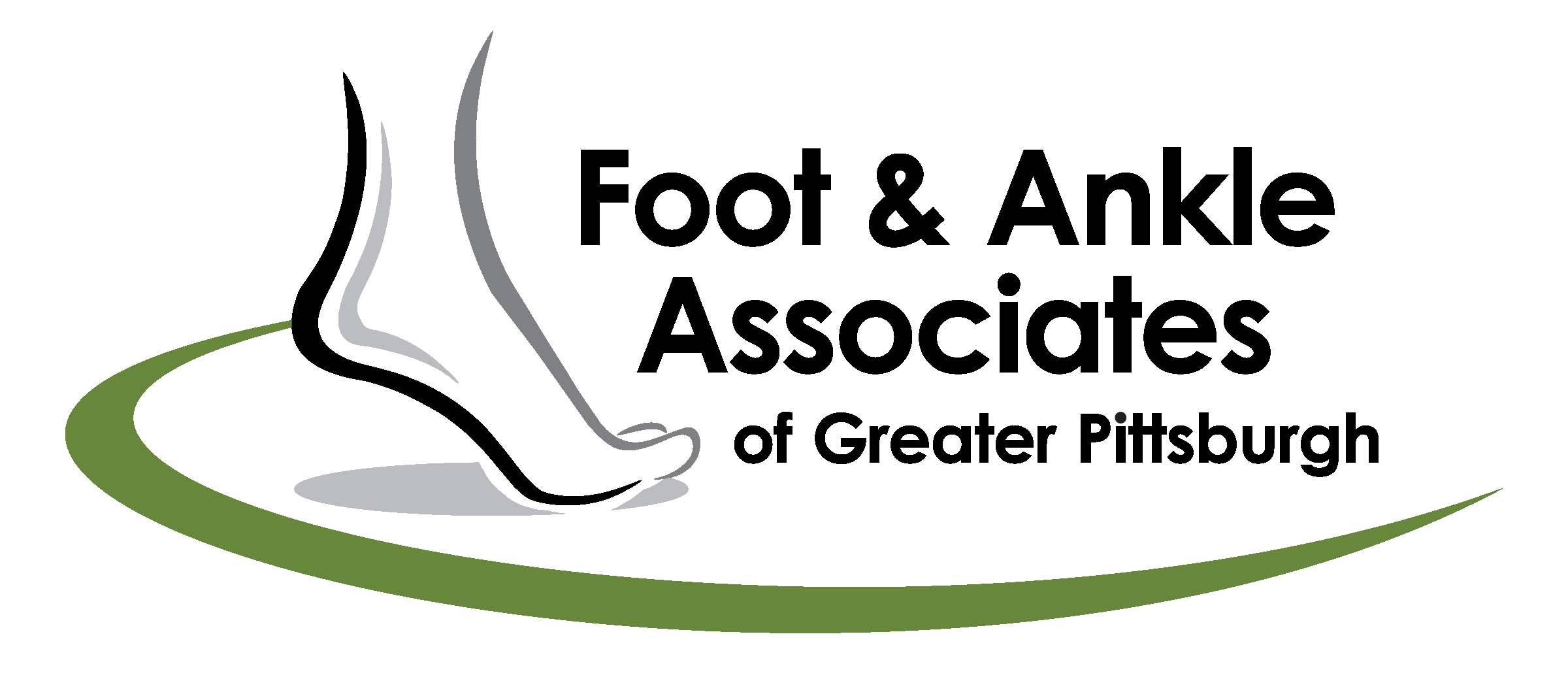Heel Spurs VS Plantar Fasciitis
Heel pain is a common complaint that brings many individuals to podiatrists’ offices seeking relief. Among the various causes of heel pain, two frequently encountered culprits are heel spurs and plantar fasciitis. Understanding the connection between these conditions is crucial for effective management and treatment.
What are Heel Spurs and Plantar Fasciitis?
Heel spurs are bony growths that develop on the underside of the heel bone, often as a result of chronic tension and stress. Plantar fasciitis, on the other hand, is the inflammation of the plantar fascia, a vital band of tissue supporting the arch of the foot.
Symptoms of Heel Spurs and Plantar Fasciitis
The symptoms associated with these conditions include heel pain, tenderness, stabbing sensations, and difficulty with weight-bearing activities. Individuals may also experience increased pain in the morning or after prolonged periods of rest.
Connection Between Heel Spurs and Plantar Fasciitis
Heel spurs and plantar fasciitis are closely intertwined. The tension from plantar fasciitis can lead to the development of heel spurs, while heel spurs can worsen plantar fasciitis symptoms by causing additional irritation and inflammation in the surrounding tissues. This interplay often creates a cycle of discomfort that requires targeted treatment.
Treatment Approaches
Treatment for heel spurs and plantar fasciitis typically begins with conservative measures aimed at reducing pain and inflammation. These may include rest, ice therapy, orthotic devices to provide support and cushioning, stretching exercises to improve flexibility and reduce tension in the plantar fascia, and physical therapy to strengthen the foot muscles and improve biomechanics.
Non-steroidal anti-inflammatory drugs (NSAIDs) or corticosteroid injections may also alleviate pain and swelling.
For cases that do not respond adequately to conservative treatment, advanced interventions such as extracorporeal shockwave therapy (ESWT) may be recommended. ESWT uses shockwaves to stimulate healing and reduce pain in the affected area. Platelet-rich plasma (PRP) injections, which harness the body’s natural healing properties, may also promote tissue regeneration and repair.
In severe and persistent cases where conservative and advanced treatments have not provided sufficient relief, surgery may be an option. Plantar fascia release surgery involves releasing the tight fascia to alleviate pressure and reduce symptoms. This procedure is typically reserved for cases where other treatments have been unsuccessful.
Importance of Treating Both Conditions Together
It is essential to address both heel spurs and plantar fasciitis concurrently for comprehensive healing and long-term symptom relief. Treating plantar fasciitis helps alleviate symptoms and reduce tension on the heel bone, which can prevent further development or exacerbation of heel spurs.
Addressing heel spurs, in turn, can reduce irritation and inflammation of the surrounding tissues, leading to improved outcomes for plantar fasciitis treatment.
Prevention Strategies
While some risk factors for heel spurs and plantar fasciitis, such as genetics and foot structure, are beyond individual control, several preventive measures can help reduce the likelihood of developing these conditions.
- Maintaining a healthy weight to reduce stress on the feet is crucial, as excess weight can exacerbate symptoms and contribute to the development of heel spurs.
- Wearing supportive footwear with adequate cushioning and arch support can also help distribute pressure evenly across the foot and reduce strain on the plantar fascia.
- Avoiding activities that put excessive strain on the feet, especially on hard surfaces, can prevent overuse injuries and minimize the risk of developing heel pain.
- Regular stretching and strengthening exercises focused on the lower extremities can improve flexibility, strengthen the foot muscles, and enhance overall foot biomechanics. Incorporating these exercises into a daily routine can help maintain foot health and reduce the risk of developing heel spurs and plantar fasciitis.
Heel spurs and plantar fasciitis are common causes of heel pain that can significantly impact an individual’s quality of life. Understanding the connection between these conditions and implementing appropriate treatment and preventive measures are key to effective management and long-term foot health.
If you are experiencing heel pain or suspect you may have heel spurs or plantar fasciitis, seek professional evaluation and treatment from Foot and Ankle Associates of Greater Pittsburgh.
Our experienced team of podiatrists will develop a personalized treatment plan to address your specific needs and restore comfort and mobility to your feet.
Contact Foot and Ankle Associates of Greater Pittsburgh today to schedule an appointment and take the first step toward relieving heel pain and improving your foot health. Your feet deserve expert care, and we’re here to provide it.
Contact Us
Office
336 College Avenue, Suite 106, Beaver,
PA , 15009
Monday to Friday : 8am – 4:30pm
Saturday : Closed
Sunday : Closed

